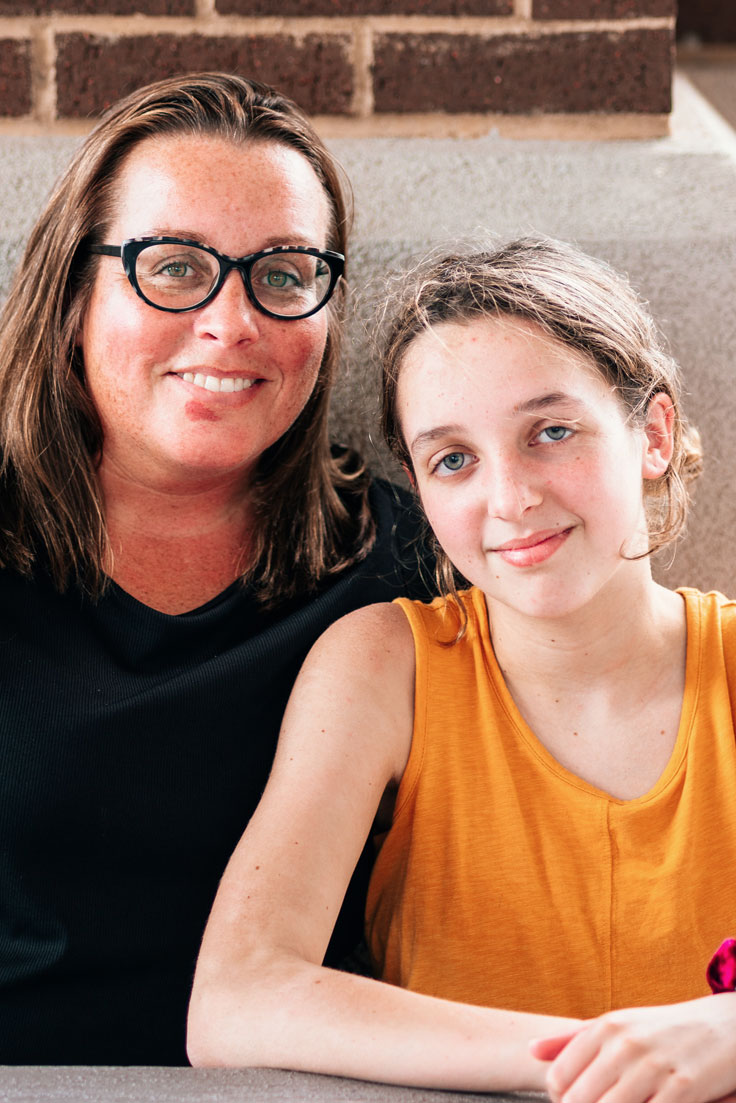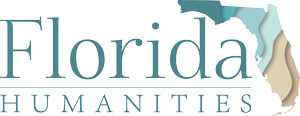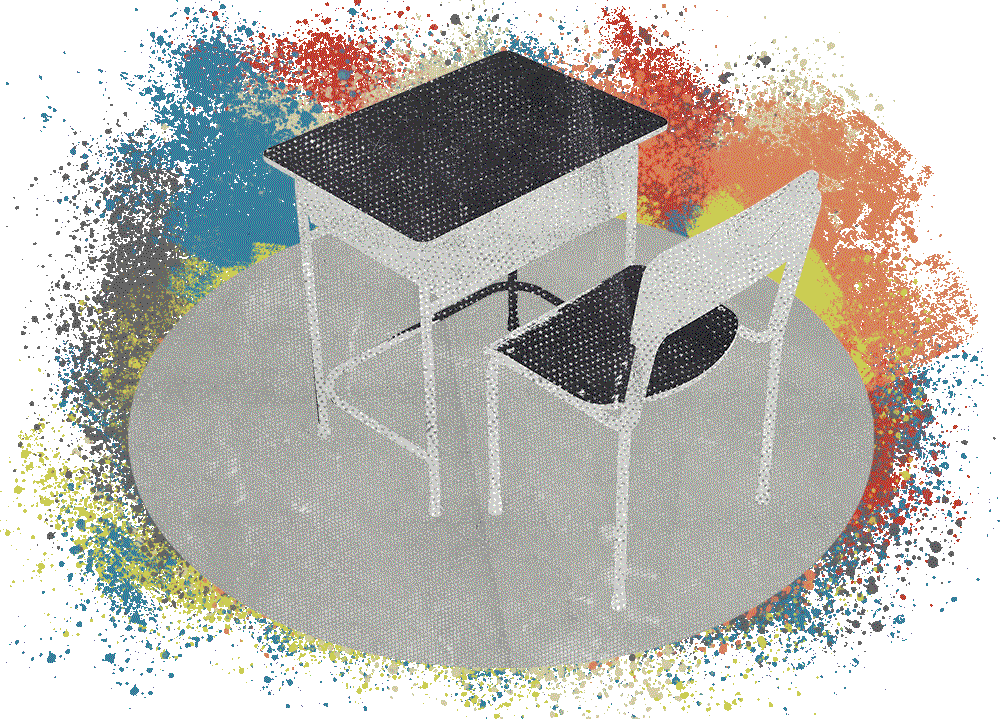
Choiced-out in Florida: how decisions on education affect communities
A story exploring why Tallahassee, Fla. is home to one of the most segregated school districts in the state.
Subscribe now
Episode 2 (in 2 parts) by Lynn Hatter, WFSU News Director
Edited by Patricia Moynihan and Suzanne Smith
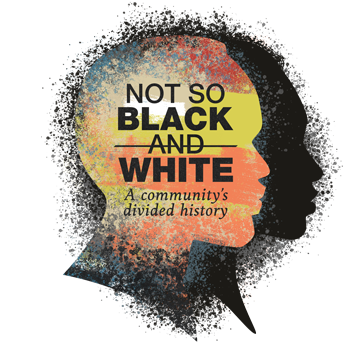
Listen to the complete episode below. Subscribe now (by choosing your preferred platform) to be notified of upcoming episodes in this series. The text article below is abbreviated and may not include everything in the audio portion.
T he pages and pictures of dozens of boxed-up yearbooks tell a story at Oak Ridge Elementary School. In the early years, the classroom photos feature predominantly young, smiling white faces. In the 70s, more smiling brown faces were added to the mix. In the 80s and 90s, most of the white faces had disappeared from the photos and from the school.
It’s a story that’s not unlike several schools in Leon County—not unlike thousands in Florida, and tens of thousands across the United States. It’s the story of how schools and communities have been, and are still, changing.
Principal Jasmine Smith found these yearbooks at Oak Ridge when she was hired in 2017 to turn the school around. At the time, it was considered a “failing school” by the state—one that had gotten D and F grades in the few preceding years. But as Smith would discover, the school wasn’t always that way.
State mandates had kicked in due to its failing grades. The purpose was to act as a preliminary warning that the school was in danger of having to close or be turned over to a private operator. The mandates also required a change in administration, opening the door for Smith.
Upon her arrival at the school, she found a library with no books, crumbling shelves, and furniture that was original to the school, which opened in 1969.
Smith went to the school where she previously worked—a more prosperous school on the northeast side of Tallahassee—because they were getting new furniture. She took back to Oak Ridge the things the Northside school didn’t need or want anymore.
“Teachers here were very glad to get the furniture,” said Smith. ”I have to say, that was a decision I made, and then later spoke with our superintendent who was able to help us get new furniture for our students. And as our new furniture arrived and was being placed in classrooms, I passed a student in the hallway, and he looked at me and said, “Oh, Dr. Smith! Did another school give us furniture again?”
Smith realized that what was unintentionally communicated to students at that moment, was that they weren’t worthy of having something new just for themselves. That it had to come from somewhere else.
Smith describes the situation she found as “unintentional neglect.” In a school that’s struggled for so long, teachers and administrators have been trying to just stay afloat—and things like library books, desks, and textbooks fall by the wayside.
Former state Senator Bill Montford is a former Leon County Superintendent of Schools and school principal. He says struggling schools, like Oak Ridge Elementary, don’t happen in a vacuum. “I would suggest to you that the majority of those decisions made were not made by the Leon School Board. They were made by other government agencies, or what drives the economy: growth,” said Montford.
Turning to Current Research on U.S. Segregation
In May 2022, the progressive policy group, The Century Foundation, released a study on school resegregation. The foundation’s study mirrors the findings of a 2017 report from Florida State University’s LeRoy Collins Institute. Both studies, done five years apart, found that Leon County Schools are the most segregated they’ve been since 1994. The LeRoy Collins study included another mic-drop moment: it said students who attend Leon County Schools are in one of the most highly segregated school districts in the entire state of Florida.
“I would like to say I was surprised, but I really wasn’t. But to see it in your face when someone puts it in your face, it was alarming. Very eye-opening, very disturbing,” said current Leon County Schools Superintendent Rocky Hanna, in an interview for this podcast.
in this episode: featured song
- Lyrically True, "Live in Truth"
- Lyrically True Official on YouTube
He says what’s happening in the district’s schools is reflected across Tallahassee.
Leon County’s story is just like those of communities all over the country. Federal laws like the Fair Housing Act of 1968 eliminated discrimination in housing—and for the first time, non-white people could live wherever they wanted. Many began to move into neighborhoods that had previously been segregated. The result? Many predominately white neighborhoods and schools that existed before 1975 eventually became predominately, and then majority Black by the late 1980s or early 1990s.
But it’s not just race that’s driving the divisions.
Complicating the issue has been the introduction of school choice, no longer limiting families to the schools they’re zoned for. Today, families have more options—public school, private school, charter, or home school. What started off as an effort to help poor, largely Black and brown kids in failing public schools, has grown to the point where even higher-income families can get money to send their children to schools outside of their district.
Historical Context, Divided History
The U.S. Supreme Court declared school segregation unconstitutional in 1954’s Brown v. Board of Education case. In the beginning, states like Florida, and school districts like Leon, largely ignored that ruling. Tallahassee Community College History Professor Dr. Andrea Oliver says schools in the South tried nearly everything to avoid desegregation, including pouring millions of dollars into shoring up their Black schools to bring them on par, at least financially, with their white ones.
“It was a whole movement. Again, you won't see it written in print anywhere. But this was clearly the intent behind legislative and local school board district efforts to equalize school facilities that they knew for decades were not equal,” said Oliver. “There was this equalization movement that takes place, and certainly throughout the fifties and early 60, as all of a sudden school boards find the resources to build more modern up-to-date facilities for black children.”
Between 1954 and ‘64, the Leon school district built six new schools. Three of them, Bond, Nims, and Pineview, were for Black students. To this day, they remain majority Black. In its attempt to move from separate and unequal to separate and equal, Leon found itself still coming up short, a decade too late.
in this episode: featured story
- As Florida Schools Resegregate, Here's A Look Back At Desegregation Fifty Years Ago Story by Kate Payne, Nick Evans. Published February 14, 2018.
Oliver continued, “That was an attempt to play catch-up to policies and practices that we knew ensured that separate schools were never equal. And again, it had to do with resource allocation funding, which determined the quality of the facilities, the materials, and rate of teacher pay.”
Resegregation or Lingering Segregation?
In researching this project, one of the first questions we started to ask was whether resegregation is the right term for what we are presently seeing—the documented separation of students within our schools. And if it’s not a re-segregation, did desegregation really happen?
Andrea Oliver weighed in. “I am glad we’re using semantics as a starting point for the conversation we’re about to have because, words matter… And this may surprise some of your listeners that, well, it depends on what your idea or what your meaning of resegregation is, because to say that we resegregated, seems to somehow suggest that there was a period where we were not segregated.”
What happened, says Oliver, is that after it became obvious Leon county schools would have to desegregate, some parents looked for new ways to avoid it, including creating completely separate, highly-segregated, private, all-white schools.
Pointing Fingers, Pinning Blame: What’s Driving Segregation Today?
A 1969 article from the Tallahassee Democrat revealed several private schools, including Maclay and North Florida Christian, saw a jump in enrollment. Some 1,700 white children transferred to the area’s private schools that year. The reason: “a growing number of parents, concerned about the academic quality, values, discipline and racial problems in Leon County schools, are turning to non-public education for their children.”
But it wasn’t just a racial animus that drove white people away from public schools during integration says FAMU History Professor and Assistant Dean in the School of Graduate Studies, Research, and Continuing Education Dr. Reginald Ellis, “So these individuals are saying we don't need that. Not only do we not want our kids to go to school, with Black people, we don't we don't want our kids to go to school with poor white people. So, you know, those dynamics were something that you start to see these communities govern themselves accordingly if you will. So when middle-class white people had had the ability to move, upper-class white people also started to think about, well, we don't want to be around them either.” He continued, “So, you see that long thread from a historical perspective, we are we are seeing it evolve in the 21st century as it relates to this salad bowl of race, class, gender is classism.”
The Foundations of Choice
Since its inception, the school choice movement has been embroiled in a fierce debate around race, class, and poverty.
In 1955, free-market economist Milton Freidman proposed the idea of a system that would use public tax dollars to fund a private school system, AKA school vouchers. A decade later, Friedman’s ideas would catch the attention of the political left. Berkeley law professor Jack Coons saw vouchers as the path toward equity and proposed tying them to income—so that the lowest-earning families could tap into the program to send their kids to higher-performing schools.
In the 1970s, the idea of charter schools emerged. These schools would be public schools but without most of the government strings attached. The idea was to foster education innovation with a focus on shoring up failing schools through competition.
Parents gotta step up and say, ‘I love my child, I’m going to do what’s best for my child,’ but we also have to keep in the back of our mind that the decisions we make have an impact outside of our own family.
Florida Association of District School Superintendents head, Bill Montford, was superintendent for Leon County Schools as the choice movement emerged in Florida. But he’s not a fan of it today. His reason: what was originally meant for low-income kids has grown to almost an entirely separate system of education. Charter schools are no longer limited to low-income neighborhoods and places where troubled traditional schools exist; they can sprout up anywhere. And they have—even in places where there’s a highly rated public school nearby.
“If you look in Leon County at some of the charter schools we have today, they’re not in struggling neighborhoods,” said Montford in an interview for this podcast. “So the whole charter school movement today, it’s evolved into something many of us in the late 1990s would not recognize, and quite frankly, wouldn’t support today.” There will have to be give-and-take, said Montford, even from parents. “Parents gotta step up and say, ‘I love my child, I’m going to do what’s best for my child,’ but we also have to keep in the back of our mind that the decisions we make have an impact outside of our own family."
And that, he says, is a BIG ask.
The Political Landscape
The Leon County school district began this school year with 2,000 fewer students.
In Florida, money follows the student. And when students don’t attend traditional public schools, the state allocation goes with them. During a recent meeting of the Leon County School Board, member Rosanne Wood wondered aloud, “I would like to know where the money is going, how many students there are, and maybe we can talk to the parents to find out why they don’t choose to come to Leon County schools and do a better job.”
“I can tell you why the parents are taking their kids out of public school. Schools lack discipline and they’ve become the playground of bullies and tyrants and social experiments, drug dealing, and disruptive cowards to torment others who are just trying to go to school and receive an education.” Local parent Elizabeth Davidson spared nothing when she recently told the local school board how she felt about the district.
She’s not alone in feeling that way. In 2022, Gov. Ron DeSantis and the Republican-led legislature pushed new laws that restrict how aspects of history, race, LGBTQ and diversity, equity, and inclusion are discussed and taught in public schools and businesses.
Leon Superintendent Rocky Hanna has blamed the governor for stoking discontent. “The rhetoric coming from leadership about what’s allegedly happening in our schools, some people buy into it,” said Hanna. “They believe we’re actually teaching sex ed to second graders.”
Hanna feels school choice has accelerated that gap and allows people to feel much more comfortable being separated from others who don’t think, act, or look like them.
But segregation today is more complicated than the racial flight post Brown v. Board of Education. According to The Century Foundation, today’s school segregation is based on income, class, privilege, and poverty.
Another report from 2015 found Tallahassee, the seat of state government, is also among the most economically segregated areas in the U.S.
That poverty isn’t new, says Montford, it’s just moved from neighborhood to neighborhood over time. In most cases, it is the parents deciding where their family will live and where their kids will go to school.
The Century Foundation report also shows that most of the educational segregation in Leon County occurs between the district’s traditional public schools. And much of that segregation is occurring in the county’s fast-growing northeast corridor. It’s the urban/suburban split—but instead of race, this one is breaking down on the lines of haves and have-nots. Meaning that families have left one public school and decided to go to another elsewhere in the district. The reasons for that vary.
Choosing to Be Different
Based on where she lives, Sydnee Corns was supposed to attend Deerlake Middle School this year, but she decided to go to Fairview Middle School instead. Her dad, Tommy, offers context, “Roundtrip, around an hour and 45, to an hour and 50 minutes with traffic.”
The Corns family lives in Northeast Tallahassee in a highly-coveted zip code. But Sydnee didn’t want to go to Deerlake. She wanted to go to Fairview for its International Baccalaureate program which offers harder classes. Fairview is also on Tallahassee's Southside.
Sydnee’s mom, Corey, said she didn’t know that public school choice was a thing when the family moved back to the area in 2015. But after realizing that Sydnee could attend school anywhere, regardless of where the family lived, it changed their plans for a new home. Even how they search for a home has changed.
“Now we can literally type in ‘Tallahassee’ and not ‘32312‘ and a little further out there’s more than just right here,” said Corey Corns.
The Corns say they’ve left churches for being too white, even though they are white, too. And that’s something mom Corey has noticed about where the family lives now.
“Personally, we don’t care. We never have. But like, there’s not a lot of diversity here. We stopped going to a church because it was all white people, and we were like, ‘this isn’t what Jesus looked like.’ That’s not our heart. But going to Fairview, we had to tell her, 'look, you’re going to be a minority, are you going to be okay with that?' And she was like, 'yeah.'”
“I’ve been making new friends, all kinds of people, and I just think it’s very cool and interesting way to get meet new people from all different places and a great way to learn,” Sydnee shared. “So I felt this was just a really good place for me.”
Tommy Corns turned to his daughter, “It’s a realistic, real-world setting for you instead of just an isolated area.”
Race or Class?
Title 1 is a federal designation for schools with large numbers of families below the federal poverty limit.
“If you get in your car and drive to an area that’s high poverty, you’re going to see the same situations you see in Title 1, and it doesn’t matter that some of those are 80% white, you know, but it’s not about race. It’s about poverty.” Former Leon Superintendent Jackie Pons said; He led the district during its transition from a majority white to a majority Black student body.
Instead of blaming choice for exacerbating resegregation, Pons has embraced choice as one of many ways to combat the impact of poverty on student learning. And he is a fan of one particular part of choice: public school choice.
“As a Democrat, you know, I hear this. And I tell people don’t restrict choice for parents. When you do that, they’ve already got choice. See, what you’re trying to do is you’re ignoring the fact that they’ve already got three or four charter schools they can go to. So choice is there. So why don’t give them public school choice, too. But you’re not going to save schools by putting fences up around them, you know,” said Pons in an interview.
Much of Leon County’s big divisions are in that northeast corridor, where the Corns live. And Corey Corns says it’s a visible split. “Almost everyone looks like us. And if not, it’s like ‘Oh, they must be a doctor.' It’s wrong on so many levels. But it’s probably honest.”
“To answer your question more directly, I think class is as ingrained in the United States of America as race. “ For FAMU’s Ellis, the conversation about poverty, class, and school choice cannot be had without talking about race. “It’s not by happenstance,” says Ellis, “that the vast majority of parents are still choosing to send their kids to traditional public schools.”
“But who’s pushing back against the system? Middle-class white people, because they don’t want to send their kids to private charter schools…And they don’t want to see tax dollars leave those schools because those schools represent the larger community. So it’s not black people that’s necessarily fighting against it. It is middle-class white people fighting against it.”
The Corns family says they value diversity because the rest of the world, they say, is more than just Black and white.
Beating the Odds in the Sea of Change
Back at Leon County’s Oak Ridge Elementary School, Principal Jasmine Smith is fighting to beat the odds. The pandemic caused heartbreak for some of her students and their families. Stories of heartache, homelessness, and hunger are ones Smith deals with every day with families who attend her school. It’s why the school has a food pantry, a washer and dryer, a hair station, and a clothing area—so families can have access to these things.
Even with the pandemic, Oak Ridge is in far better shape than it was five years ago. For one, it managed to end the four-year streak of D and F grades by earning a C this year. There are brightly-colored classrooms, remodeled bathrooms, a fully stocked library full of books, stylish chairs, and computers…
“So, if children come to school, and there's anything that needs to happen for them, school supplies, whatever it is, we have staff, persons who [do] hair, and we're glad to take care of those things because those don't need to be the things that keep children from learning. And I think that if a school is going to be a true community school, you work to meet the needs of the families and you meet them where they are without judgment,” said Smith.
Moving forward says Montford, will take leadership at both the state and local levels. And that will be just the beginning. “I have been around for 50 years, and I don’t think I’ve ever seen the potential for as much dramatic change in public education as I see now. We’re in the midst of tremendous change. Some will say it’s good. Others will say it’s not. I think the jury is still out on it.”
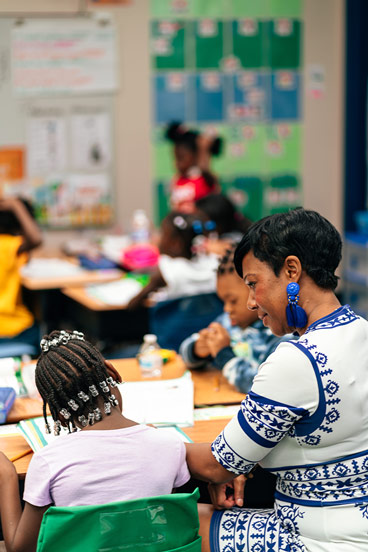
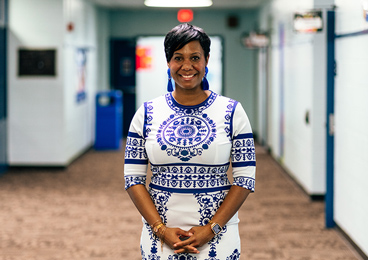
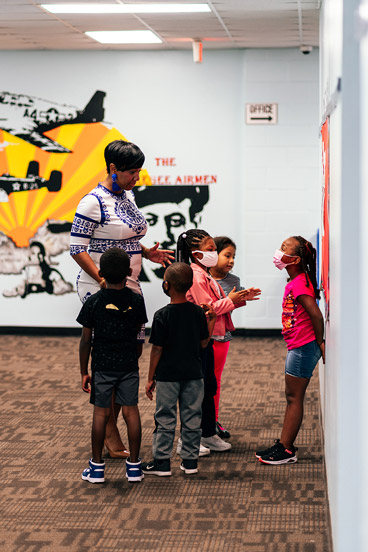
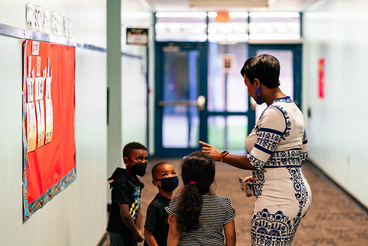
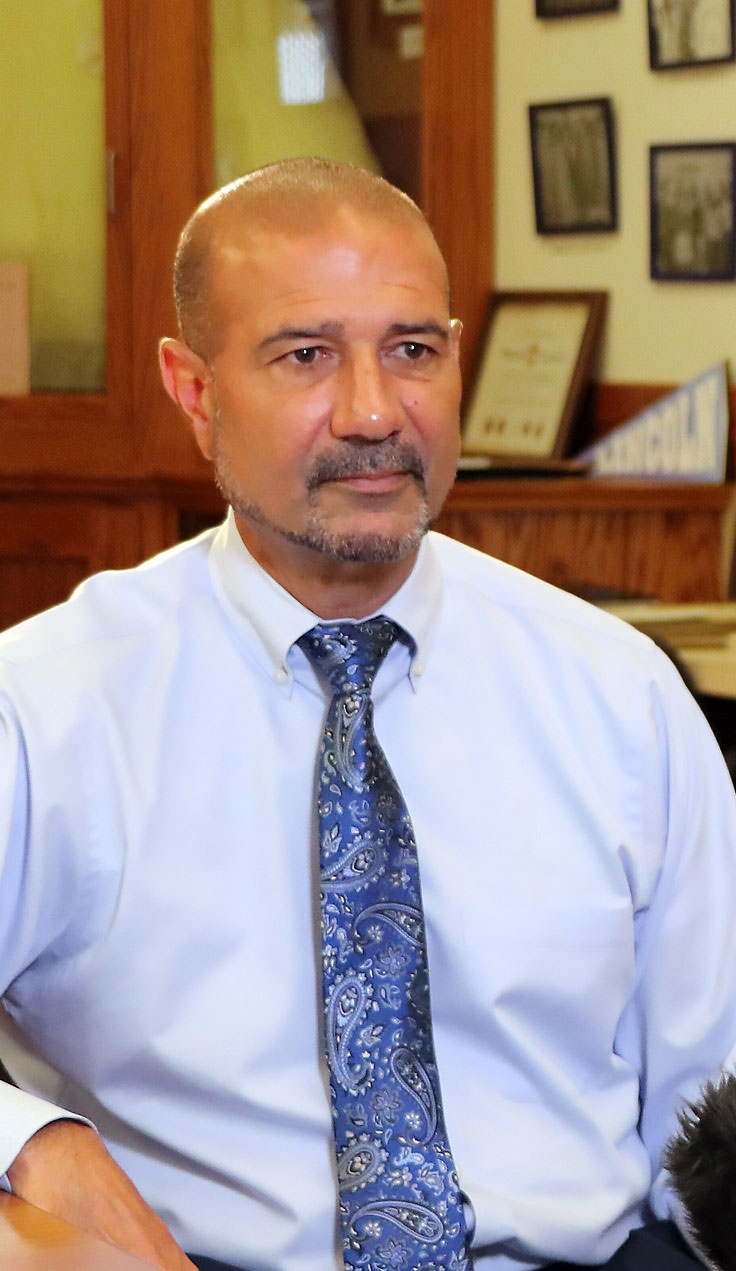
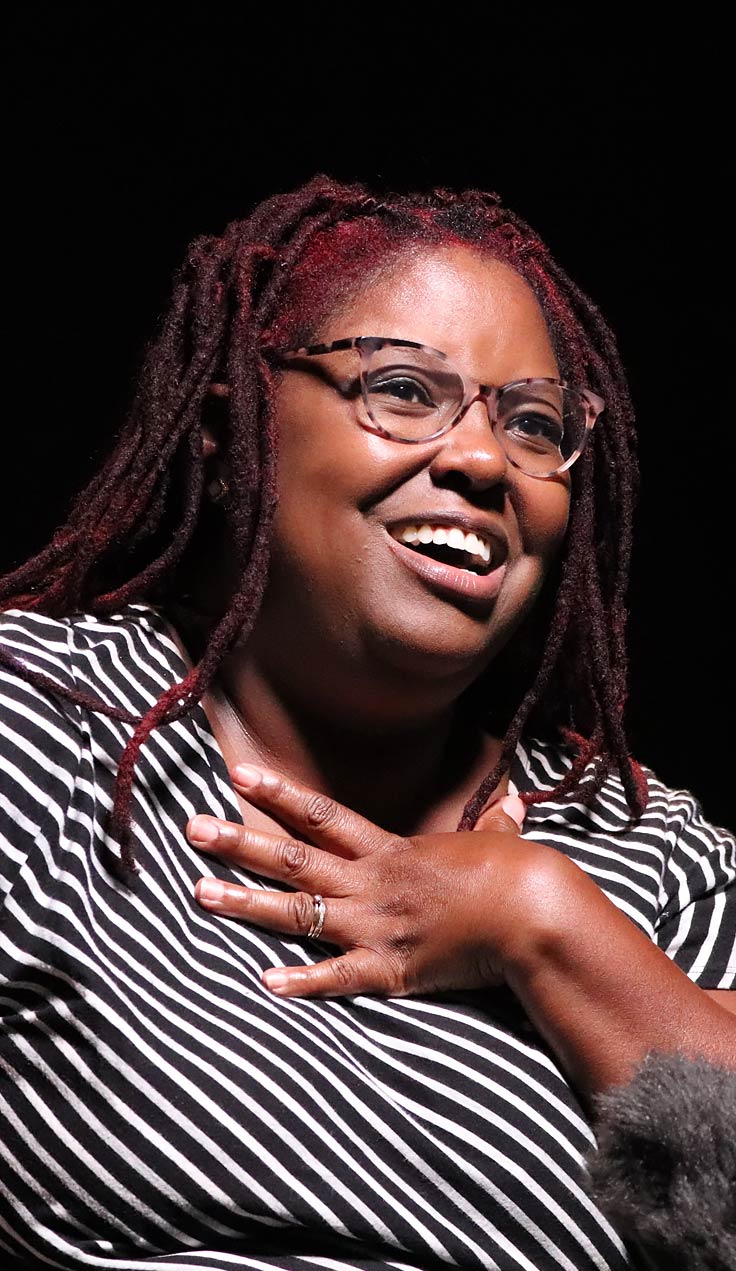
-950.jpg)
